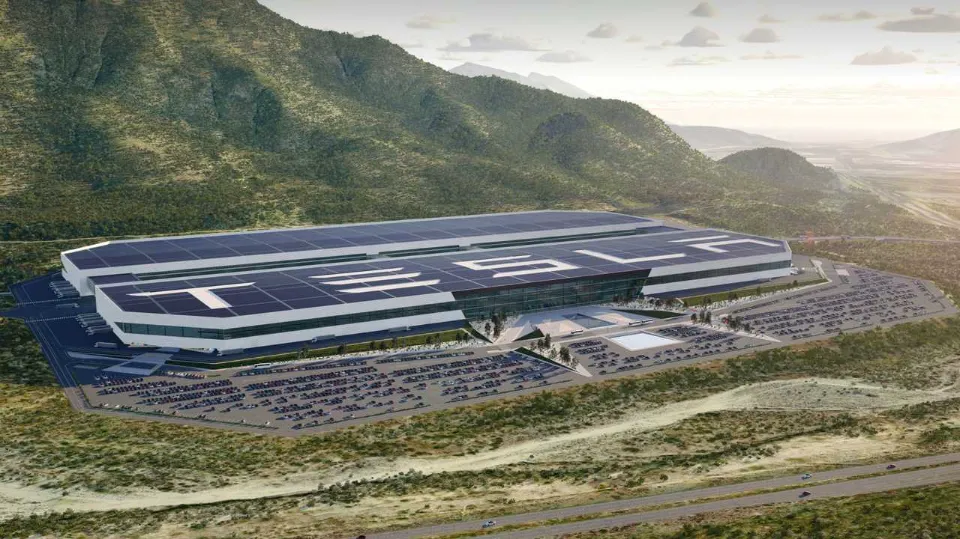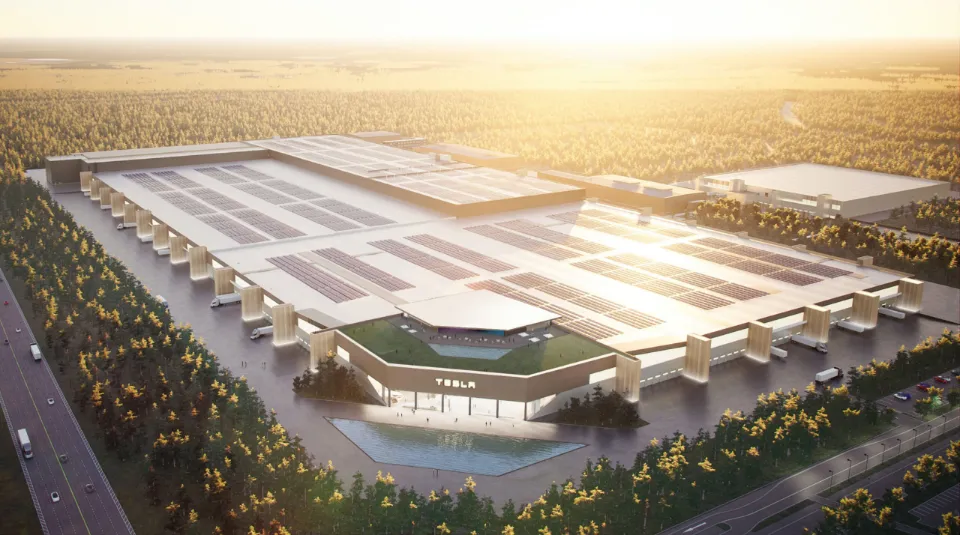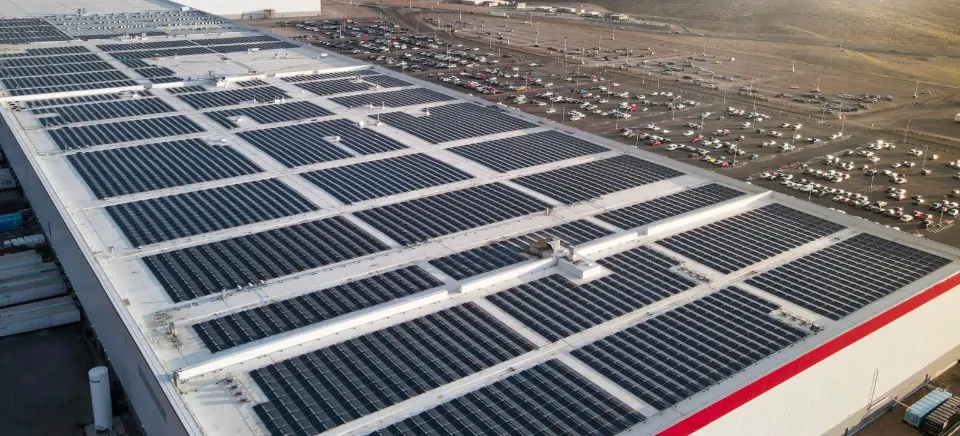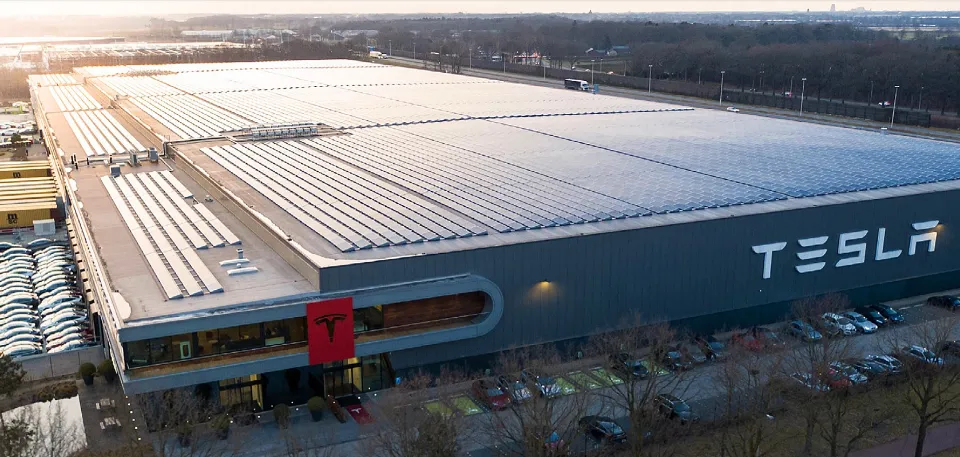A gigafactory is a sizable factory that produces lithium-ion batteries for energy storage, other battery-powered devices, and electric vehicles (EVs) on a massive scale.
Elon Musk, the creator of Tesla, coined the phrase to describe his factories, of which there are currently 4 under construction and a 5th is in the works. However, in everyday speech, the term has come to refer to any sizable battery factory (not just Musk’s).
Please read on for more detailed information.
How Many Gigafactories Are There in the World?
Our best estimate, based on what we know, is that more than 200 gigafactories have been built or are currently being built around the world.
Since the first gigafactory (Tesla) started producing in 2016, an unprecedented number of additional ones are springing up all over the place.
Remember that these enormous factories take years to construct and even longer to furnish and prepare for use in commercial production.
As a result, many gigafactories around the world are in various stages of completion, with some already being fully operational, some being built, and others still being planned.
We’ll make an effort to provide an accurate count of the number of gigafactories that currently exist or are under construction in various nations.

Read about:
Gigafactories Are Becoming a Major Driver of FDI
Tesla coined the phrase gigafactory to refer to factories producing electric batteries at huge scale, primarily for use in electric vehicles (EVs), but also for a variety of other renewable energy storage applications. Since the factories’ production capacity is typically expressed in gigawatt hours (GWh), the word’s “giga” portion refers to gigawatts.
Gigafactories are becoming a major driver of foreign direct investment (FDI), as these cutting-edge production facilities are crucial to international efforts to transition the energy sector away from fossil fuels in order to prevent a global climate catastrophe.
The presence of gigafactories in a location can support a number of related industries and supply chains.
Countries with established automotive industries are scrambling to entice this investment, which is seen as essential to the survival of automakers who are facing pressure from governments worldwide to give up on internal combustion engines (ICEs).

How to Attract Gigafactory Investment?
Industrial strategies have been developed to create larger ecosystems to support the development and application of batteries, in addition to the common tools that cities, regions, and nations are using to entice investors in gigafactories, such as tax breaks and subsidies.
A robust battery supply chain requires upstream supplies of lithium, as well as components such as electrolytes, anodes and cathode materials, and the supply of lithium cells.
The majority of the raw materials required to make batteries and EVs are produced in China, and Chinese businesses have heavily invested in mining operations around the globe to increase the supply of raw materials. China has also emerged as a global leader in the midstream products and supply chain procedures needed for battery manufacturing.
Strong local and region demand for finished products is also advantage, so policies to encourage the adoption of EVs such as deadlines for ICE phase out as well as the rolling out of sufficient electric charging infrastructure also add to a locations attractiveness.
Recycling facilities to process batteries at the end of life is also important, as the environmental impact of batteries is a major concern.
Electricity supply for manufacturing can also be a consideration in site selection. Sweden’s Northvolt was eager to emphasize how the new plant would be powered by the “cleanest” electricity grid in Germany when it announced plans to build a 60GWh battery factory in Germany in March 2022.
Northvolt CEO Peter Carlsson said “it matters how we produce a battery cell” and that the company’s “philosophy is that new energy-intensive industries, such as battery manufacturing, should be established in actual geographical proximity to where the clean energy is produced”.
The Leipzig-Dresden-Berlin triangle in Germany is an example of an industrial cluster aimed at supporting battery and EV production, and a big reason why Tesla picked Berlin for its European expansion. Battery recycling facilities, battery cell manufacturing by Farasis, drivetrain and battery manufacturing by Accumotive, the chemical behemoth BASF, and vehicle manufacturing by Daimler and Volkswagen are all located in the region.
The Kansai region of Japan, which includes the cities of Kyoto, Nara, and Osaka, is another illustration of these clusters. One of the top producers of battery cells worldwide, Japan created the first lithium-ion battery in the 1990s. The Osaka Prefecture Government has established special economic zones for battery-related industries, which offer a range of tax concessions for companies.

What Does the Future of Gigafactories Look Like?
With more and more nations offering incentives for electric vehicles in particular and battery power generally, it is evident that these policies are having a significant positive impact on battery production and, consequently, gigafactory development. Two examples of this are China and Europe. This will only speed up if US citizens and policymakers join in.
Additionally, we’ll eventually reach a tipping point where enough people have bought EVs, solar panels, and other battery-powered devices that government incentives won’t be required to support growth any longer.
Consequently, even if governments reduce their incentive programs globally, the construction of gigafactories will continue to soar in the ensuing years and decades.

FAQs
What is the Difference Between Factory and Gigafactory?
A “Gigafactory” is a single, giant factory representative of a “billion” factories. When describing to investors the kind of factory required to meet demand for the Model 3 electric car’s production in 2013, Elon Musk first used the term. Additionally, Musk’s call for more avant-garde manufacturing techniques is reflected in the Gigafactory.
Could 100 Gigafactories Power the World?
And, in a recent video, CEO and founder Elon Musk was actually quoted as saying: “We actually performed the calculations to determine how long it would take for the world to switch over to sustainable energy. 100 Gigafactories are required.”
Why Did Elon Musk Build the Gigafactory?
According to Tesla CEO Elon Musk, one hundred factories like Giga Nevada would be necessary to transition the world to sustainable energy consumption without any increase in production density such as switching to a dry electrode coating process.
What is the Benefit of Gigafactory for Tesla?
Manufacturing. Help us build the future of sustainable energy by building the batteries and powertrains that make it run. Our beast of a truck, the Semi, will also be produced in this factory.
Summary: What is a Gigafactory?
As more nations invest in this type of manufacturing technique to produce cleaner sources of energy for their citizens, the future of gigafactory technology appears bright.
What does having an environmentally aware nation mean?
It implies that you can anticipate lower pollution levels, fewer emissions of carbon dioxide into the atmosphere, and consequently better overall air quality.
Added to that, more employment in a growing industry.
What do green technologies like solar panels or electric cars have to lose with all these advantages on the table?





